Marta Smolińska. Art historian, curator, networker

Marta Smolińska arrived in Berlin in 2019, seeking a new beginning both professionally and personally. She grew up in Rypin, and quickly became fascinated by the dynamic Berlin art scene when she was a student. Soon, she herself would become known in Berlin as a curator of international exhibition projects. After completing her studies in art history at the Adam Mickiewicz University in Poznań, she worked at the Nicolaus Copernicus University in Toruń for over a decade. In 2014, she returned to Poznań. As well as working as a curator, Marta Smolińska is also a professor of art history at the Magdalena Abakanowicz University of Fine Arts in Poznań, where she teaches contemporary art history and curatorial strategies and has published academic papers on various subjects, including art on the German-Polish border. In Poland, she has already curated over a hundred exhibitions at venues including the Galeria Sztuki Wozownia and the Centrum Sztuki Współczesnej in Toruń, the Centrum Kultury Zamek and the Muzeum Narodowe in Poznań.
Her first curated group exhibition, “MITbeSTIMMEn” (“Having a Say”), was shown in the Galerie Nord | Kunstverein Tiergarten in Berlin. The theme was political participation among people with a migration background. She then curated an exhibition entitled “Der Wald wird Chor” (“The Forest Becomes a Choir) in the Kommunale Galerie in Berlin, in which works by artists were shown alongside each other which focused on multi-sensory, ecological and political aspects of the forest. Currently, Marta Smolińska is collaborating with Prof Dr Burcu Dogramaci (Munich) on another large group exhibition which focuses on art along the German-Polish border.
As Marta Smolińska explains in our interview: “The exhibition ‘About sharing. Art on the (Polish-German) border’ (‘Vom Teilen. Kunst an der (polnisch-deutschen) Grenze’) in the National Museum in Poznań (2023) and in the Zentrum für Aktuelle Kunst in Berlin (from 20/9/2024) aims to show present-day works that can be ascribed to the border art movement. The works have been selected on the basis of two assumptions that form part of the curatorial strategy. First, the two curators show art that addresses the central challenges of the present and reflects on national borders at a time of large migratory movements. Second, the focus leans toward a geopolitically defined context; in other words, we concentrate on art that deals with the Polish-German border over the past 30 years since the fall of the Berlin Wall in 1989 and the signing of the border agreement between Poland and Germany in 1990. The art that reflects the specific Polish-German border and its complex history is presented together with works that analyse the status and state of borders in general. In the exhibition, borders are also shown as a focal point for memories that point to collective and individual remembrance, to traumas and dreams.”
Together with Burcu Dogramaci and Dr Martina Padberg, she is also planning a major exhibition of contemporary Turkish art, which will open in the Kunstmuseum Ahlen at the end of 2025.
Her biggest success in Germany to date is the curation, in collaboration with Dr Maike Steinkamp and Dr Joachim Jäger, of the postwar collection presentation of the Neue Nationalgalerie in Berlin entitled “Extreme Tension. Art between Politics and Society 1945 – 2000”. For her, this was a wonderful experience, which in her mind made it worth moving to Germany:
“The exhibition shows key works from the collection of the National Gallery from 1945 to the turn of the millennium. The show is named after the radical performance by the Viennese Actionist Günter Brus from 1970. During the performance, Brus not only pushed his body to its limits, but also pointed to the strong tensions between society, politics and art. This was the Cold War era, with its ideological confrontations between East and West, abstraction and figuration, traditional art forms and new artistic techniques and media. In the exhibition, the term ‘Extreme tension’ (Zerreißprobe) spans the radical upheavals and changes that occurred in art after 1945”, Smolińska explains.
For Marta Smolińska, maintaining contact with the Polish community in Germany is very important. She enjoys going to events at the Club der Polnischen Versager (“The Polish Failures Club”) and takes part in discussions there. Marta Smolińska also aims to make a political statement with her exhibitions. For example, an event was held as part of the “MITbeSTIMMEn” exhibition in cooperation with the PolMotion – Bewegung der polnischen Frauen (“PolMotion – movement of Polish women”) project, which promotes activism among women with a migration background. Here, it is of particular importance to her that she is able to contribute to raising the profile of female artists through her work.
As Marta Smolińska, who has lived in both Poznań and Berlin for many years, explains: “My role model is every female migrant who has found her place in a country to which she has moved, be it voluntarily or through necessity. It doesn’t matter whether her success is spectacular and outwardly visible or whether it takes the form of creating a comfortable home. I admire female migrants who live in harmony with themselves and who grow further on a personal level, each in her own way”. For Marta Smolińska, there was never any doubt that she would become an art historian and curator one day. “I simply love what I do, because my work brings me into contact with inspiring and exciting artworks and artists”. She says that she mainly draws her energy for new ideas from her happy relationship and her friends.
Anna Stahl-Czechowska, June 2024
(The text is based on an oral and written interview with Marta Smolińska).
Publications:
Burcu Dogramaci (ed.), Marta Smolińska (ed.): Re-Orientierung. Kulturverlag Kadmos Berlin, Dezember 2017.
Burcu Dogramaci, Marta Smolińska: Grenze/Granica. Art on the German-Polish Border after 1990, Böhlau Verlag Köln, 2024. (Open Access E-Book)
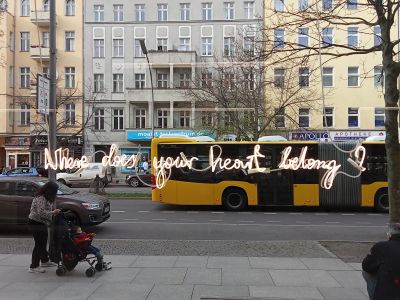
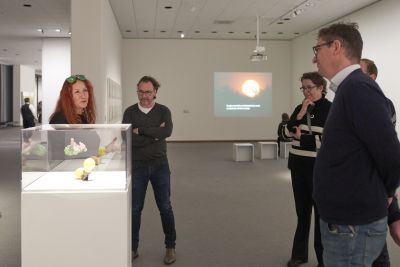
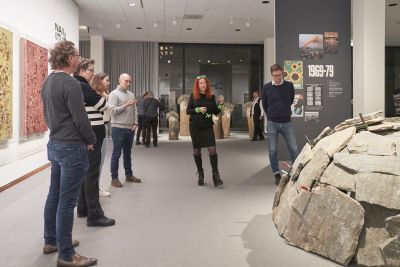
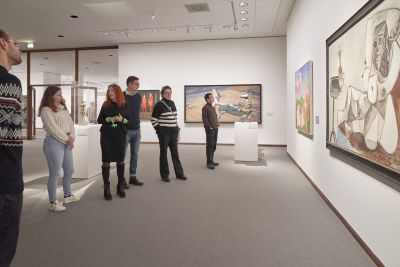
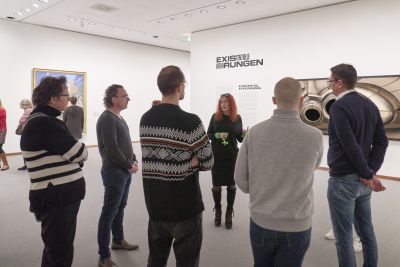
![Sławomir Elsner at the exhibition at the Museum Wiesbaden, 2021 (Alexej von Jawlensky in the background: Spanierin [Spanish Lady], 1913) Sławomir Elsner at the exhibition at the Museum Wiesbaden, 2021 (Alexej von Jawlensky in the background: Spanierin [Spanish Lady], 1913)](/sites/default/files/styles/width_100_tiles/public/Titelbild_23.jpg?itok=J58T-JmV)

